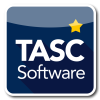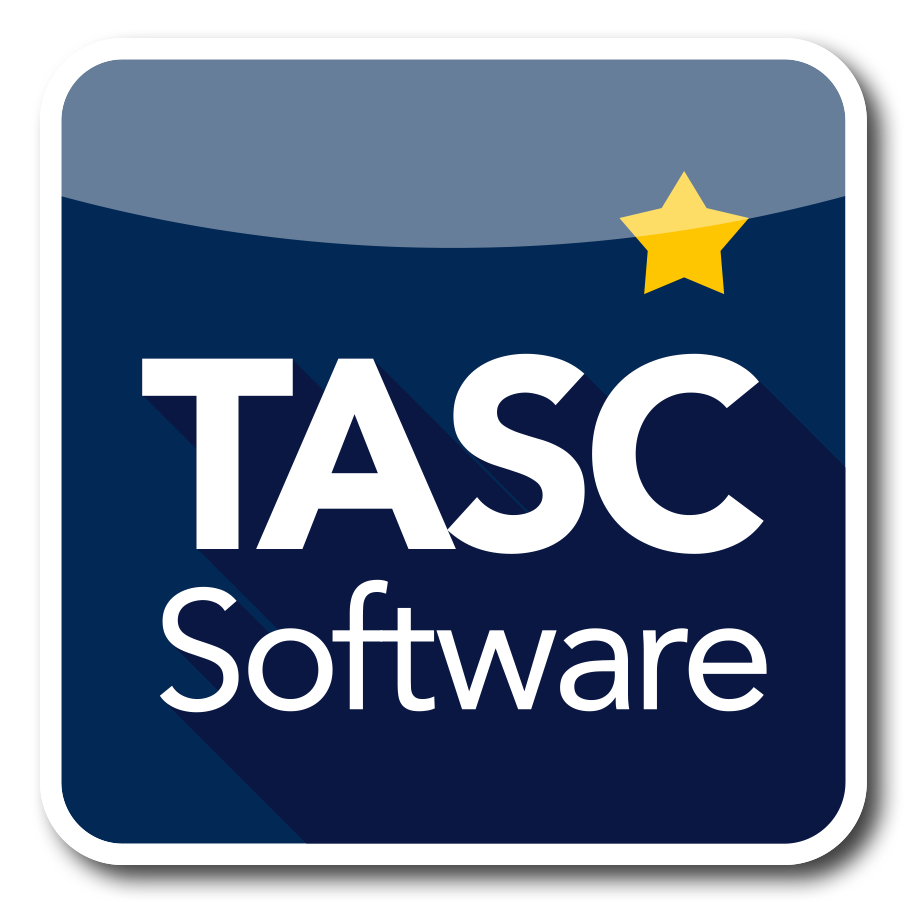How Schools Can Protect Children from Abuse: The Importance of Safeguarding Efforts and CURA Safeguarding Software

Ensuring the safety and well-being of children within an educational setting is of utmost importance. Schools have a crucial role to play in protecting children from abuse. In this blog, we will explore the teacher’s duty of care towards their pupils, discuss various ways schools can safeguard children, and shed light on the potential benefits of using CURA safeguarding software to support these efforts.
The Duty of Care
Teachers hold a significant duty of care towards their pupils. It is their responsibility to ensure the physical and emotional well-being of the children under their care while providing a safe learning environment. This responsibility extends beyond the classroom, encompassing various aspects of the child’s life within the school community.
Safeguarding Children in Schools
1. Policy and Awareness
Schools should have robust safeguarding policies in place that clearly outline procedures for identifying, reporting, and managing child abuse cases. Creating a culture of awareness within the school community through regular training programs ensures that all staff members understand their roles and responsibilities in safeguarding children.
2. Enhanced Recruitment Practices
Thorough background checks and screening procedures should be employed during the recruitment process. References, criminal record checks, and enhanced Disclosure and Barring Service (DBS) checks should be mandatory for all staff, ensuring that individuals with a history of abuse are not in a position to harm children.
3. Clear Reporting Mechanisms
Establishing clear reporting mechanisms facilitates the effective communication of any safeguarding concerns. Designated safeguarding leads should be appointed within schools who act as a point of contact for staff, parents, and pupils to report any incidents or concerns promptly.
4. Awareness and Education for Pupils
Creating a curriculum that promotes child protection and personal safety education helps empower children to recognise and report abuse, making them less vulnerable. Through age-appropriate discussions, children can become better equipped to protect themselves and their peers.
CURA Safeguarding Software: A Valuable Tool for Schools
CURA safeguarding software offers a comprehensive solution for schools to manage and enhance their safeguarding practices. Here’s how it can support and streamline safeguarding efforts:
1. Incident Logging
CURA software allows teachers to log all safeguarding incidents quickly and efficiently. The ease of recording incidents ensures that no details are missed, creating a well-documented history that can be referred to when necessary.
2. Secure Data Storage
With CURA, all safeguarding data is securely stored in compliance with data protection regulations. This eliminates the need for physical storage, reducing the risk of loss or unauthorised access. Confidentiality is maintained, ensuring the safety of both the child and the school.
3. Reporting and Analysis
CURA software generates detailed reports with statistical analysis, allowing schools to identify patterns and trends in safeguarding incidents. This information helps schools develop targeted prevention strategies and implement appropriate interventions to ensure the safety of all pupils.
4. Communication and Collaboration
CURA facilitates efficient communication between staff members, ensuring that safeguarding concerns are shared and addressed in a timely fashion. It also enables collaboration between safeguarding leads and other stakeholders, creating a coordinated response system for child protection.
Protecting children from abuse is a collective responsibility, and schools play a vital role in safeguarding efforts. By recognising their duty of care, implementing robust safeguarding policies, and utilising CURA safeguarding software, schools can enhance their ability to keep children safe. Remember, safeguarding is an ongoing commitment that requires continuous awareness, education, and the utilisation of supportive tools to ensure the well-being of every child within an educational environment.

